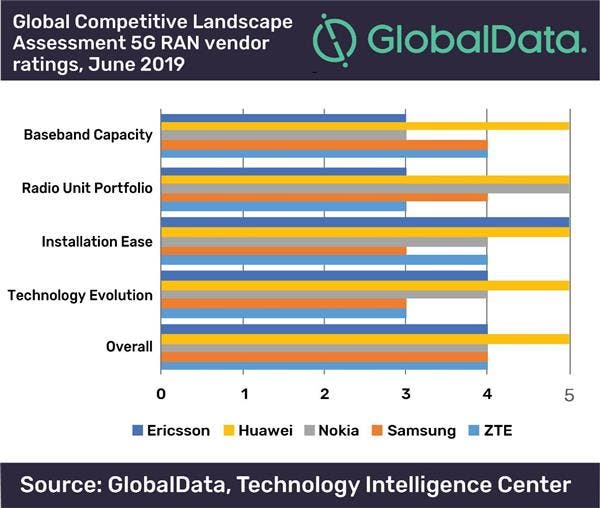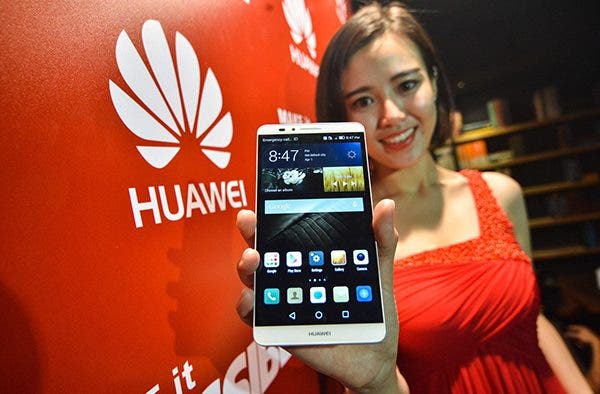Recently, leading data analysis company GlobalData released the world’s first 5G RAN (Radio Access Network) ranking report. The report is aimed at five major equipment vendors: Ericsson, Huawei, Nokia, Samsung, and ZTE. The report believes that the four most important key indicators for mobile operators are: baseband capacity, RF product portfolio, ease of deployment, and technology evolution. The report is titled “5G RAN: Competitive Landscape Assessment,”

On Huawei: Huawei’s 5G RAN product has the strongest overall capability and is the first among the four evaluation dimensions. It has the largest baseband capacity and is ready for operators’ 5G users. The RF products cover the most spectrum, small size, and lightweight, and meet various scenarios of carrier network deployment. In terms of technology evolution, Huawei’s product hardware is ready to evolve smoothly to 5G, saving operators investment.
On Ericsson: Ericsson’s strength lies in simplifying the complexity of RF installations – easy-to-install products such as the Street Macro. In the field of ease of deployment, Ericsson and Huawei are the first.
Generally, Huawei is leading the whole pack, and the overall ability of the other four manufacturers is in the second echelon. This ranking report provides a reference for mobile operators to choose 5G equipment vendors. It also helps equipment vendors measure each other’s capabilities.
Ed Gubbins, a principal analyst at GlobalData, said: “In the early days of 5G commercialization, the 5G RAN market is very competitive. The decision of the operators will lead the next decade of global telecom investment. The way we live and work in the 5G era will be a fundamental change…”
The report also examines the trends and drivers of the 5G RAN market. For example, GlobalData believes that IoT business will be the main driver for 5G infrastructure development. However, in the early days, 5G mainly focused on eMBB large bandwidth services. With the development of the 5G market, the subsequent evaluation report of GlobaData will focus on the discussion of IoT capabilities.
“The landscape of equipment vendors is changing rapidly,” explains Gubbins. “The first wave of 5G networking is a non-independent networking (NSA) that relies on the existing 4G LTE infrastructure. So it is vying for a 5G commercial contract with operators. In the process, the existing network manufacturers of 4G equipment have a strong advantage. The 5G SA (independent networking) needs a new core network (NGC), which is conducive to equipment manufacturers to expand the new 5G market structure and expand global market share.”





